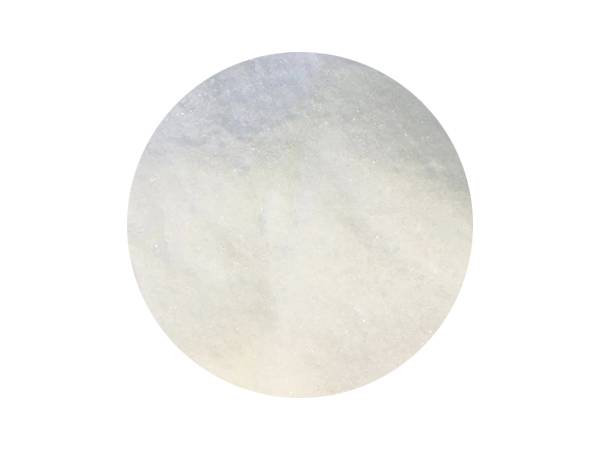



nacl02 sodium chlorite
Sodium Chlorite An Overview
Sodium chlorite (NaClO2) is an inorganic compound that has garnered attention in various fields, including disinfection, water treatment, and even some niche applications in the food industry. As a powerful oxidizing agent, sodium chlorite plays a critical role in ensuring safety and hygiene, particularly in regions where water quality is a concern.
Chemical Properties
Sodium chlorite is a white powder that is hygroscopic, meaning it can absorb moisture from the air. It is typically produced by the reaction of chlorine dioxide with sodium hydroxide. Chemical stability is a key characteristic of sodium chlorite; however, it can decompose under certain conditions, especially when exposed to high temperatures or strong acids, releasing chlorine dioxide, which is a potent disinfectant.
Applications in Disinfection and Water Treatment
One of the primary applications of sodium chlorite is in water treatment and disinfection. When added to water, sodium chlorite can help purify drinking water by effectively killing bacteria, viruses, and other pathogens. It is often used in municipal water treatment facilities, food processing plants, and swimming pools to ensure that water meets safety standards.
Moreover, sodium chlorite is utilized for its ability to eliminate harmful microorganisms in various environments. Its effectiveness as a biocide makes it a preferred choice in hospitals, laboratories, and other settings where sterility is critical. In these environments, sodium chlorite can be employed as a surface disinfectant or in fogging applications, ensuring comprehensive coverage and reduced pathogen load.
nacl02 sodium chlorite

Applications in Food Industry
In the food industry, sodium chlorite is used for sanitizing food contact surfaces and equipment. It is effective against a broad spectrum of microbes and is permitted by several regulatory bodies as a food sanitizer. The use of sodium chlorite in food processing helps in extending shelf life and ensuring the safety of consumables by reducing microbial contamination.
Safety and Regulations
While sodium chlorite is effective in various applications, it must be handled with care. It is classified as hazardous under certain conditions, particularly due to its oxidizing properties. When exposed to organic materials or certain chemicals, it can pose risks, including fire and explosion. Therefore, it is essential to follow recommended safety guidelines when handling sodium chlorite solutions.
Regulations surrounding sodium chlorite usage vary by region. In the United States, both the Environmental Protection Agency (EPA) and the Food and Drug Administration (FDA) regulate its applications. Users must adhere to specific concentrations and handling procedures to mitigate risks to health and the environment.
Conclusion
Sodium chlorite is a versatile compound with significant applications in disinfection, water treatment, and food safety. Its effectiveness as an oxidizing agent enables it to destroy harmful microorganisms, providing a safer environment in both domestic and industrial settings. However, despite its benefits, it is essential to handle sodium chlorite with care and adhere to established safety protocols to prevent potential hazards. As water quality and food safety remain critical concerns worldwide, sodium chlorite will continue to play a vital role in public health initiatives and sanitation practices. Through responsible usage, sodium chlorite can help ensure that communities have access to safe, clean water and food, contributing to overall well-being and health.
-
Why Sodium Persulfate Is Everywhere NowNewsJul.07,2025
-
Why Polyacrylamide Is in High DemandNewsJul.07,2025
-
Understanding Paint Chemicals and Their ApplicationsNewsJul.07,2025
-
Smart Use Of Mining ChemicalsNewsJul.07,2025
-
Practical Uses of Potassium MonopersulfateNewsJul.07,2025
-
Agrochemicals In Real FarmingNewsJul.07,2025
-
Sodium Chlorite Hot UsesNewsJul.01,2025










